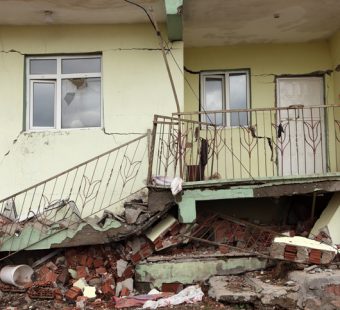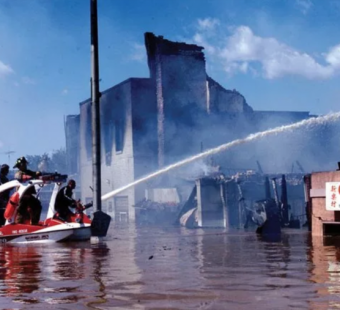
Nat Cats Top U.S. Corporate Insurance Claims, Allianz Reports
Max Dorfman, Research Writer, Triple-I (07/27/2022)
Natural catastrophes account for 24 percent of all corporate insurance claims in the U.S., according to a recent report by Allianz, a multinational financial services company. The report also reveals that the top cause of corporate insurance claims globally is fire/explosion, excluding wildfires.
In today’s climate, the report notes, businesses are confronting a progressively complex risk landscape, dealing not only with natural catastrophes and man-made hazards but also:
- A more difficult regulatory and legal environment;
- Developing risks related to a growing reliance on technology; and
- Difficulties surrounding the Ukraine conflict and rising inflation.
Taken together, these issues pose a threat to successful business operations.
Allianz’s research shows that nearly 75 percent of financial losses globally come from the top 10 causes of loss, with the top three – fire/explosion, natural catastrophes, and faulty workmanship/maintenance – comprising almost half of all these claims.
Between 2017 and 2021, these claims have cost around $90 billion, with insurance companies paying over $48 million every day for five years to cover these losses.
“Companies and their insurers have shown resilience to weather and the loss impact of the pandemic, but the ongoing war in Ukraine, a spike in the cost and frequency of business interruption losses, and the sustained elevated level of cyber claims are creating new challenges,” said Thomas Sepp, Allianz Global Corporate & Specialty chief claims officer and board member. “At the same time, the top two causes of claims – fires and natural hazards – remain significant loss drivers for companies.”
Natural disasters in the U.S. continue to wreak havoc
Atypical catastrophes present new risks for insurers, and their costs have skyrocketed. The “Texas Big Freeze” of February 2021 was estimated to have cost up to $150 billion in direct and indirect economic loss. Insured losses are estimated to have cost between $10 billion to $20 billion.
Additionally, “Winter Strom Uri,” which affected the Pacific Northwest across the Central U.S, caused $15 billion in insured losses across the country, with record snowfall and low temperatures. Uri had particularly severe consequences on services like heat, electricity, and water for millions of people in southern states, which do not have cold-weather infrastructure and snow removal mechanisms.
On February 16, 2021, slightly over 73 percent of the lower 48 United States experienced snowfall, the highest percentage since National Oceanic and Atmospheric Administration (NOAA) first tracked snow coverage in 2011. This included record snowfall in Salt Lake City, Detroit, and several cities in Texas.
Resilience is more important than ever
With businesses and individuals at ever-increasing risk from such disasters, insurers and governments must take further action to mitigate the consequences. The Triple-I has been involved in these efforts, providing insights and building peril maps that help better deconstruct the risks of natural disasters.



